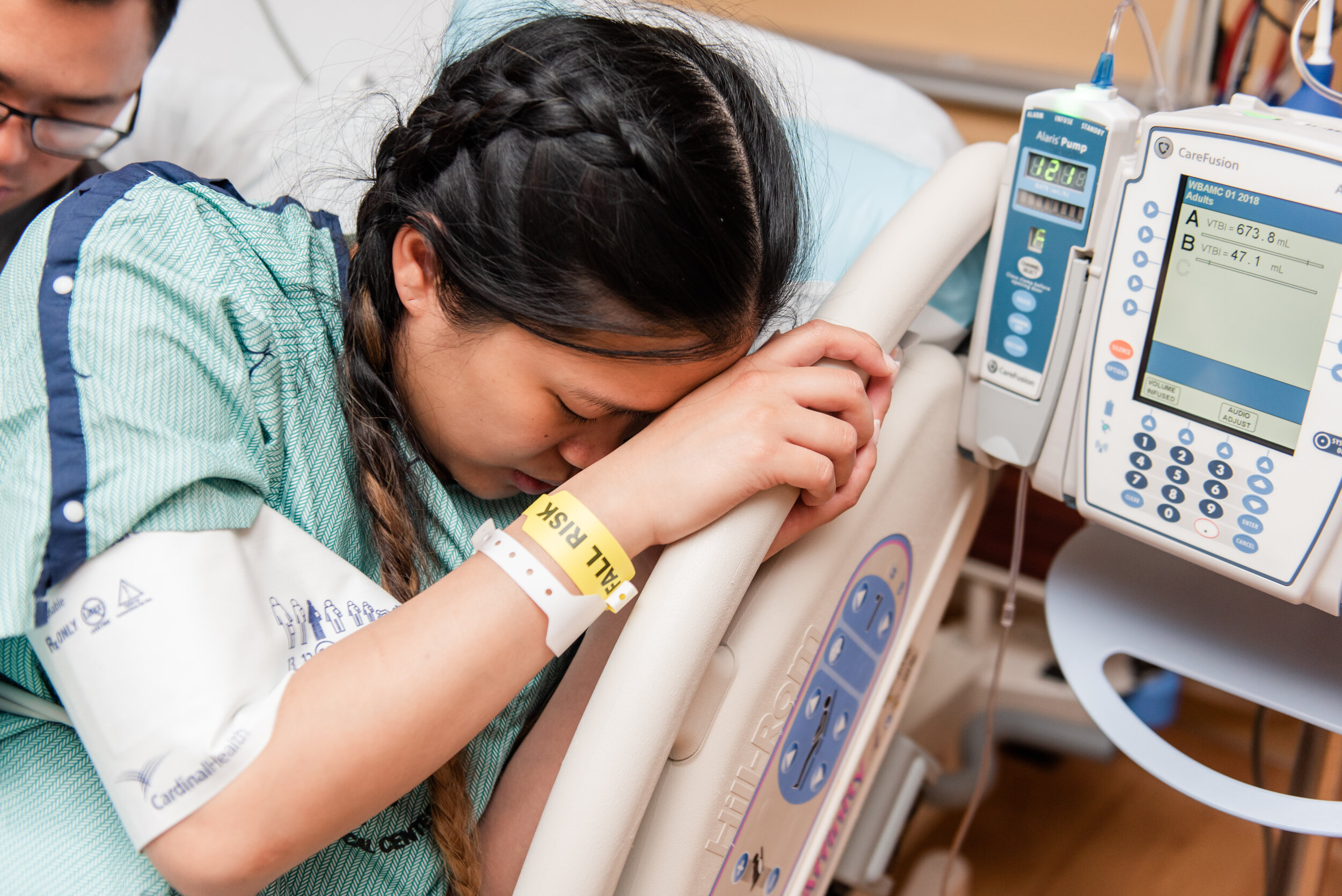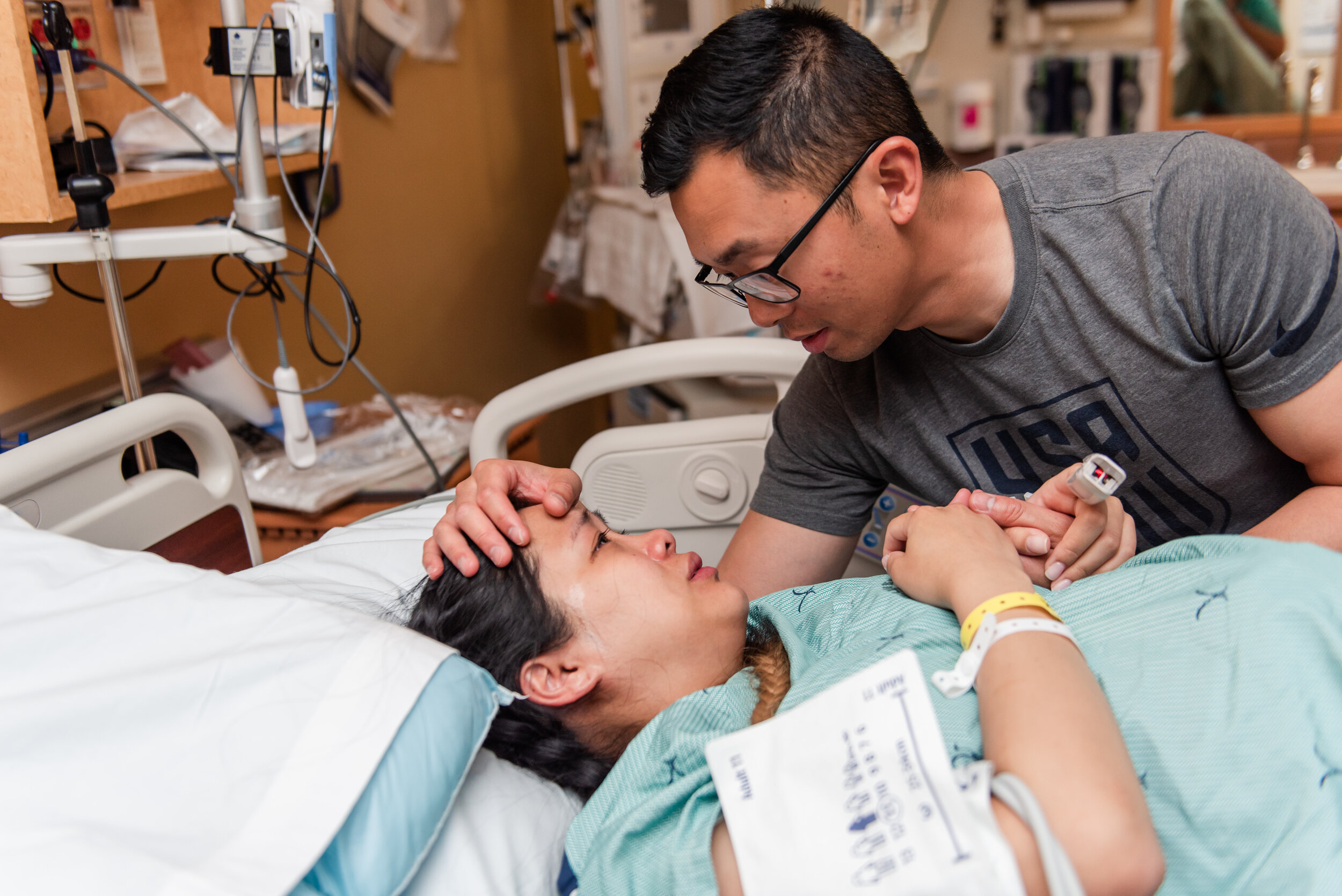Breast is best. That’s what I’ve always learned as a nurse, and that’s what I’ve always believed. There is so much science to support why breast milk has a step up on formula since it’s pretty much an individualized recipe formulated just for your baby and their needs. When I’d give my breastfeeding patients education, everything I was saying seemed so easy to do. I wasn’t naive. I knew before having Maverick that breastfeeding was challenging for any mom, whether it was their first kid or their fifth kid. And after three weeks, I can see why my thoughts on Breast is Best changed to Fed is Best.
White Sands National Monument, New Mexico
In the first week of Maverick’s life, we were still supplementing with formula because of him being jaundiced and my milk not coming in. There were nights where I told Sean to feed the baby formula if I was too tired to get up and breastfeed. Breastfeeding is taxing on your body. Every time I feed I have to eat something or I get dizzy. After feeds, I’m hit with such a hard headache that I have to take a gram of Tylenol every 8 hours just to be able to function or even sleep. And it seems like no matter how much water I drink (almost 96 ounces) a day I still feel dehydrated.
Week two came, and my milk finally came in (it sounds like it’s a package you’re anxiously waiting for from Amazon Prime…) I go back to working 12-hour shifts after maternity leave and I’m nervous about what it’s going to do to my supply especially when I’m more tired, more stressed, and more active. I’ve heard many women say that when they go back to work and when they start working out again that they notice a major drop in their supply. I’ve made it a priority to try and pump at least twice a day now. So far, I’ve been pretty lucky to stash 1-2 pouches in the freezer for my lil’ stash but I’ve noticed that my sleep takes a toll on my supply. Then there was a few days where I was taking antihistamines for PUPPPs and my supply dipped. Thankfully it came back when I stopped taking the meds.
Museum of Agriculture, El Paso, Texas during the poppy season
It’s been a rocky road
This journey has brought on many sleepless nights. Maverick likes to feed every 2-3 hours. It becomes tiring when 30 minutes of that is spent feeding him and another 20 minutes trying to put him down to sleep. It’s been hard on Sean and I because I become very frustrated at night when it’s hard to console Maverick after feeding. I’ve read so many stories from women who say trying to breastfeed made them feel so bad that it lead to PPD (postpartum depression). This worries me a lot since I already receive mental health treatment. And last night, my son broke me. For the past three weeks we’ve been running low on energy and last night I hit a wall. At 3 AM when my son wouldn’t fall asleep, I gave in and gave him to Sean. I didn’t ask for help, I gave up and made Sean take over. I cried myself to sleep because I didn’t know what else to do and I could feel my patience slipping. The last thing I want to do is let it get too far where I start to resent breastfeeding Maverick.
I’m really hoping that we can find our groove together as a unit so we can avoid that. It’s still a learning process for all of us, so if you have any recommendations or suggestions, we’re very open to them. We’re new to all of this. No matter how many babies I’ve taken care of at work, I definitely was not prepared to be a mom.

























